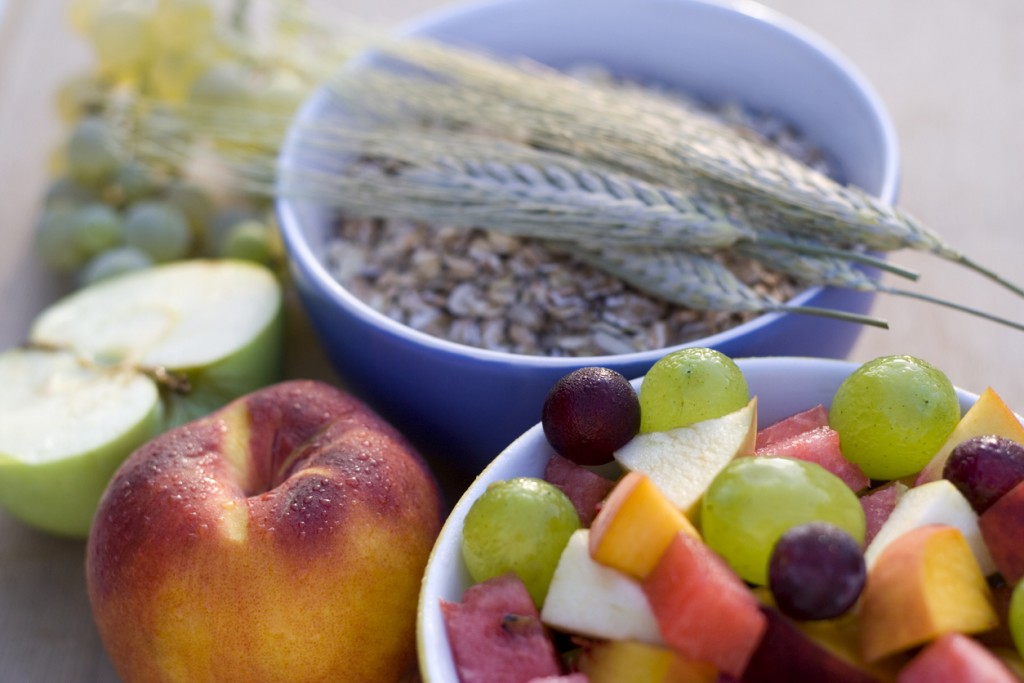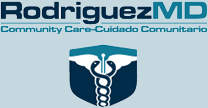Does Your Diet Include Enough Fiber?
 Dietary fiber is defined as the plant components of our food that are not broken down by our digestive enzymes. It is sometimes referred to as roughage. Dietary fiber is essential for a healthy diet, and doctors often urge patients to eat more of it. But many people don’t know whether they are getting enough fiber, or what foods will help boost their daily intake.
Dietary fiber is defined as the plant components of our food that are not broken down by our digestive enzymes. It is sometimes referred to as roughage. Dietary fiber is essential for a healthy diet, and doctors often urge patients to eat more of it. But many people don’t know whether they are getting enough fiber, or what foods will help boost their daily intake.
How does fiber work?
There are two components of dietary fiber – soluble and insoluble. Both types are important for the body. Soluble fiber dissolves in water. It delays gastric emptying of the stomach, which means we feel full longer. Soluble fiber may reduce cholesterol levels and help control blood sugar. Insoluble fiber does not dissolve in water. It promotes bowel health by attracting water to the stool, making bowel movements easier to pass.
Benefits of fiber
Our body benefits from fiber in many ways. Fiber regulates bowel movements and prevents constipation. It helps lower the risk of developing diverticulosis and colon cancer. Fiber helps control body weight by lowering fat absorption. This helps prevent obesity. Fiber slows down the digestion rate of carbohydrates, regulating blood sugar levels. This lowers the risk of developing type 2 diabetes. Fiber helps regulate cholesterol levels by preventing some cholesterol from being digested. This can reduce the risk of cardiovascular disease.
Fiber recommendations
Here are the USDA’s recommended amounts of daily fiber.
- Men age 50 and under – 38 grams per day
- Men over 50 – 30 grams per day
- Women age 50 and under – 25 grams per day
- Women over 50 – 21 grams per day
It is better to get dietary fiber from whole foods we eat rather than from supplements. Whole foods provide vitamins, minerals, and other nutrients that supplements lack.
Foods high in fiber
Try to increase your fiber intake if your diet contains too many refined carbohydrates, sugar, white bread, pasta, and processed foods. Nutrition labels on packaged foods list the amount of dietary fiber in each serving. Foods rich in fiber content include fresh vegetables, fruit, whole grains, and nuts. Here are some examples of foods that may be included in a high fiber diet: beans, peas, lentils, artichokes, broccoli, Brussels sprouts, kale, avocado, baked and sweet potatoes (with the peel), raspberries, bananas, oranges, apples and pears (with the skin), raw almonds and pistachios, oatmeal, whole grain bread, and whole grain pasta. Raw fruits and vegetables are often higher in fiber that canned varieties.
Speak to your healthcare provider if you think you may need more fiber in your diet. Contact RMD Primary Care to schedule a visit with our doctors. Our dedication lies with helping our patients live happier, healthier lives.




